What is it?
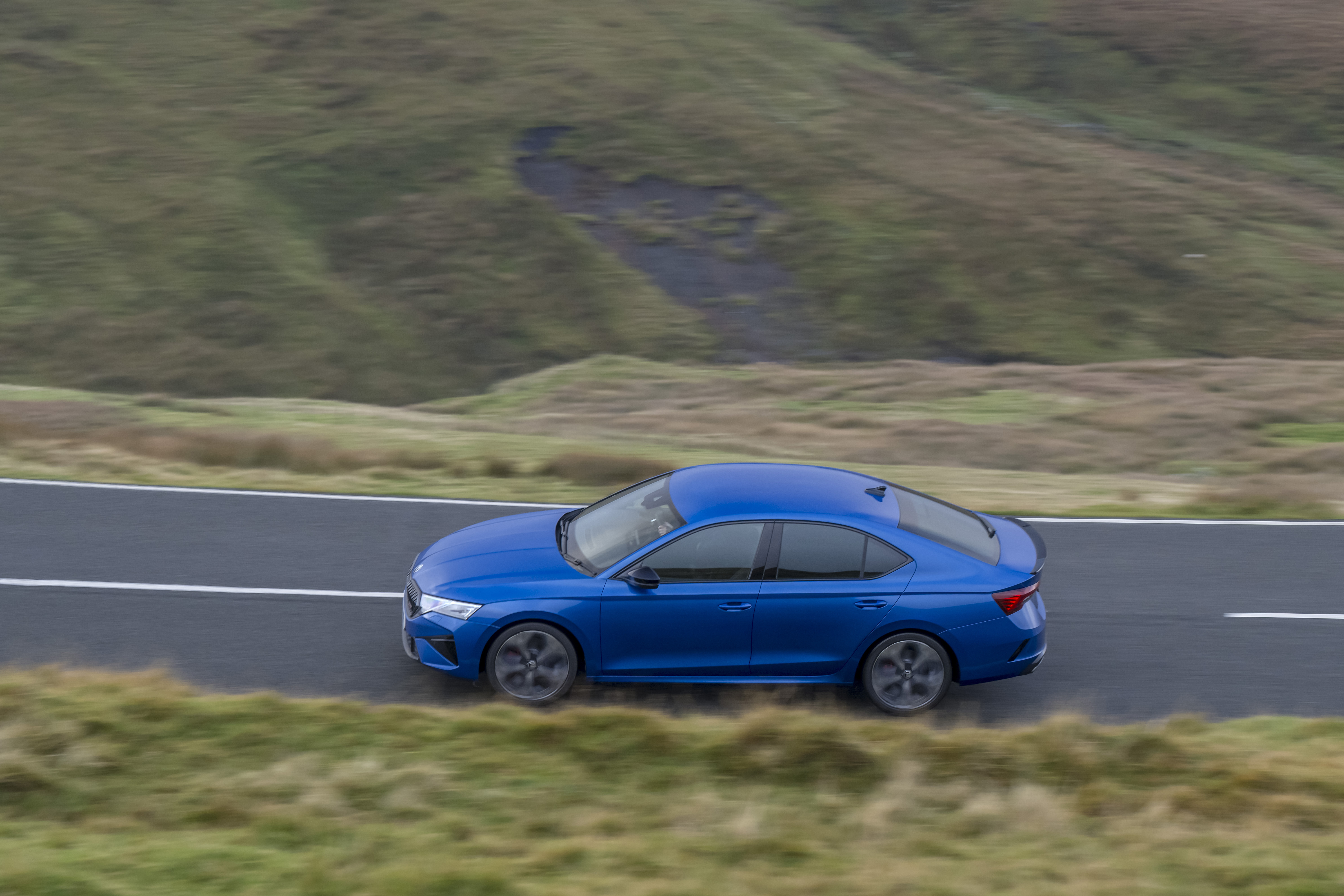
The vRS entered the range back in 2001 and was the most powerful and most expensive car to wear a Skoda badge. However, it soon became a firm favourite with the police and keen drivers thanks to its excellent driving characteristics and powerful 1.8-litre turbocharged engine.
Throughout its generations, it has been offered with petrol, diesel and even plug-in hybrid powertrains as well as hatchback and estate versions to offer enough choice for customers. We’ve been driving the new vRS to see just what it’s like.
What’s new?
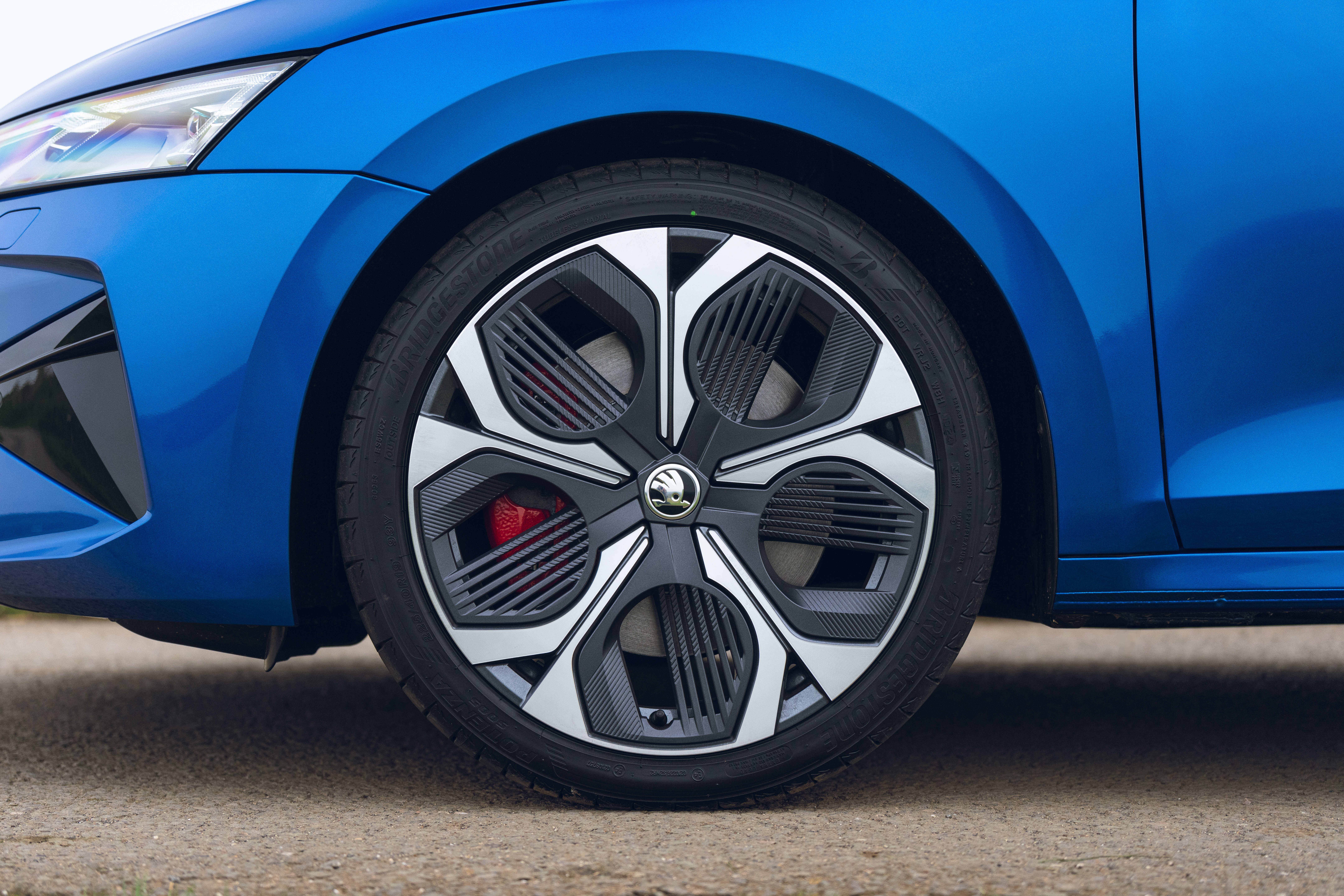
There is a new and updated limited-slip differential to enhance cornering and the car features new paint colour schemes and fresh alloy wheel designs. But, from the naked eye, this latest version looks very similar to the model that went before it. But the question is, is it any better?
What’s under the bonnet?

Under its bonnet lies an improved 2.0-litre four-cylinder turbocharged petrol engine that is mated to a seven-speed DSG automatic gearbox.
Regarding power figures, the engine puts out 261bhp and 370Nm of torque, which represents a 20bhp uplift on the previous-generation car. Because of this, acceleration stands at 0-60mph in 6.2 seconds for the hatch or 6.3 seconds for the estate and both cars go onto a top speed of 155mph.
What’s it like to drive?
Make no mistake, the Octavia vRS is a big car. But, underneath its skin, it shares the same chassis and platform as the Volkswagen Golf GTi and you can tell because it has a very agile and competent feel. The steering is a little vague, but it doesn’t feel disconnected from the road and the driver, plus the updated engine is punchy and relatively torque-happy.
The car corners very well and you can turn in hard knowing full well that you’ll come out the other side smoothly and without drama – giving a lot of reassurance with the car. This is thanks to a limited-slip differential which helps give the car as much grip as possible through the bends while reducing wheelspin.
The ride is acceptable in normal mode, but as soon as you crank it up to sport, the car becomes rather unsettled and fidgety. However, this driving mode does improve the engine note and sharpens the throttle response, so the positives outweigh the negatives. Overall the vRS out on the road is a rather impressive and capable hot hatch – but it may not be the most engaging.
How does it look?
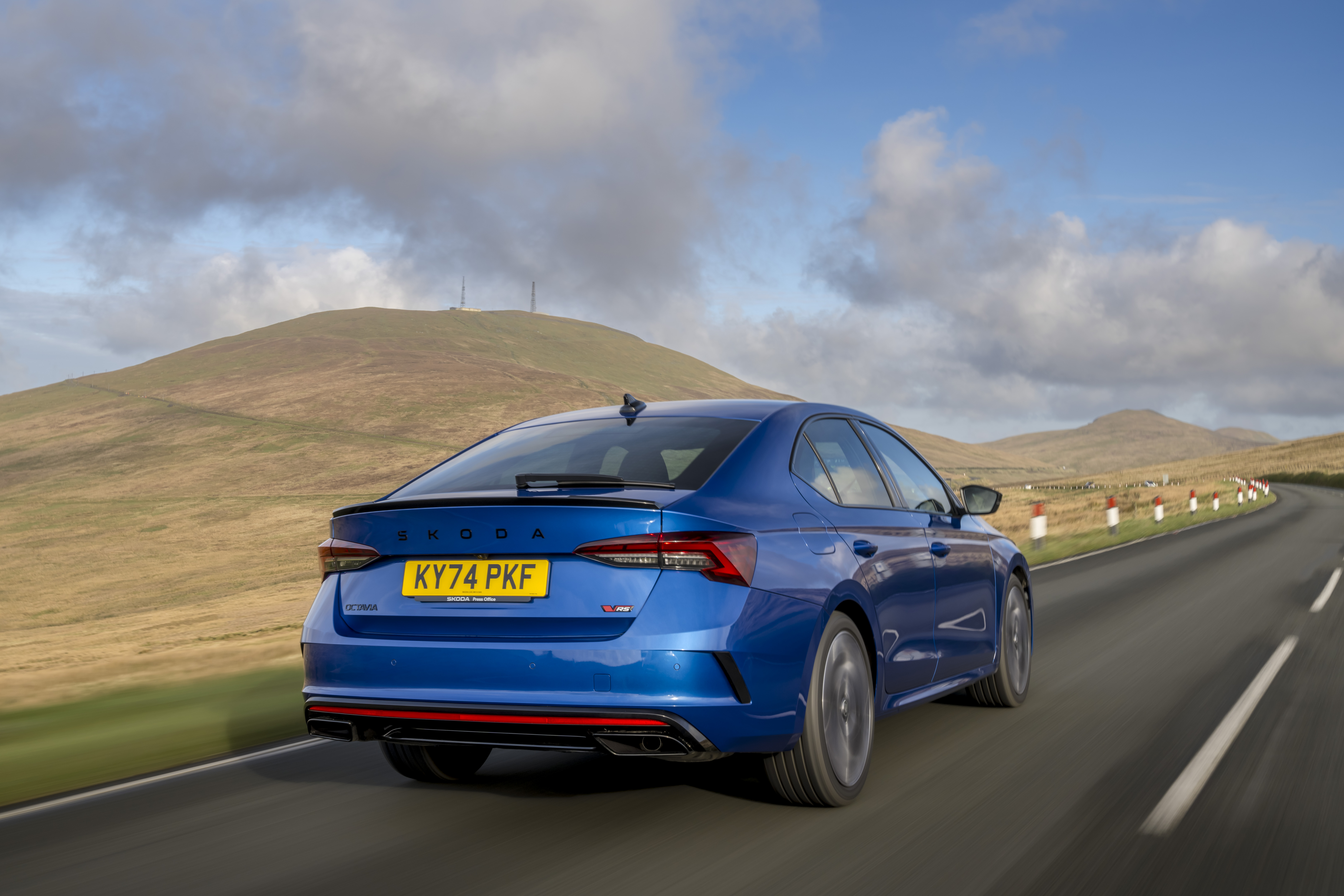
Meanwhile, this facelift has meant that the exterior design has become more modern in a very subtle way. There are new LED headlights and a sporty redesigned front bumper, while the back incorporates some fresh tail lights and twin exit exhaust tips to give the vRS a more performance-inspired look over the ordinary model.
All cars come with larger 19-inch alloys compared to the normal model and the estate version gets black gloss roof bars and a rear roof spoiler to enhance the performance theme even further.
What’s it like inside?
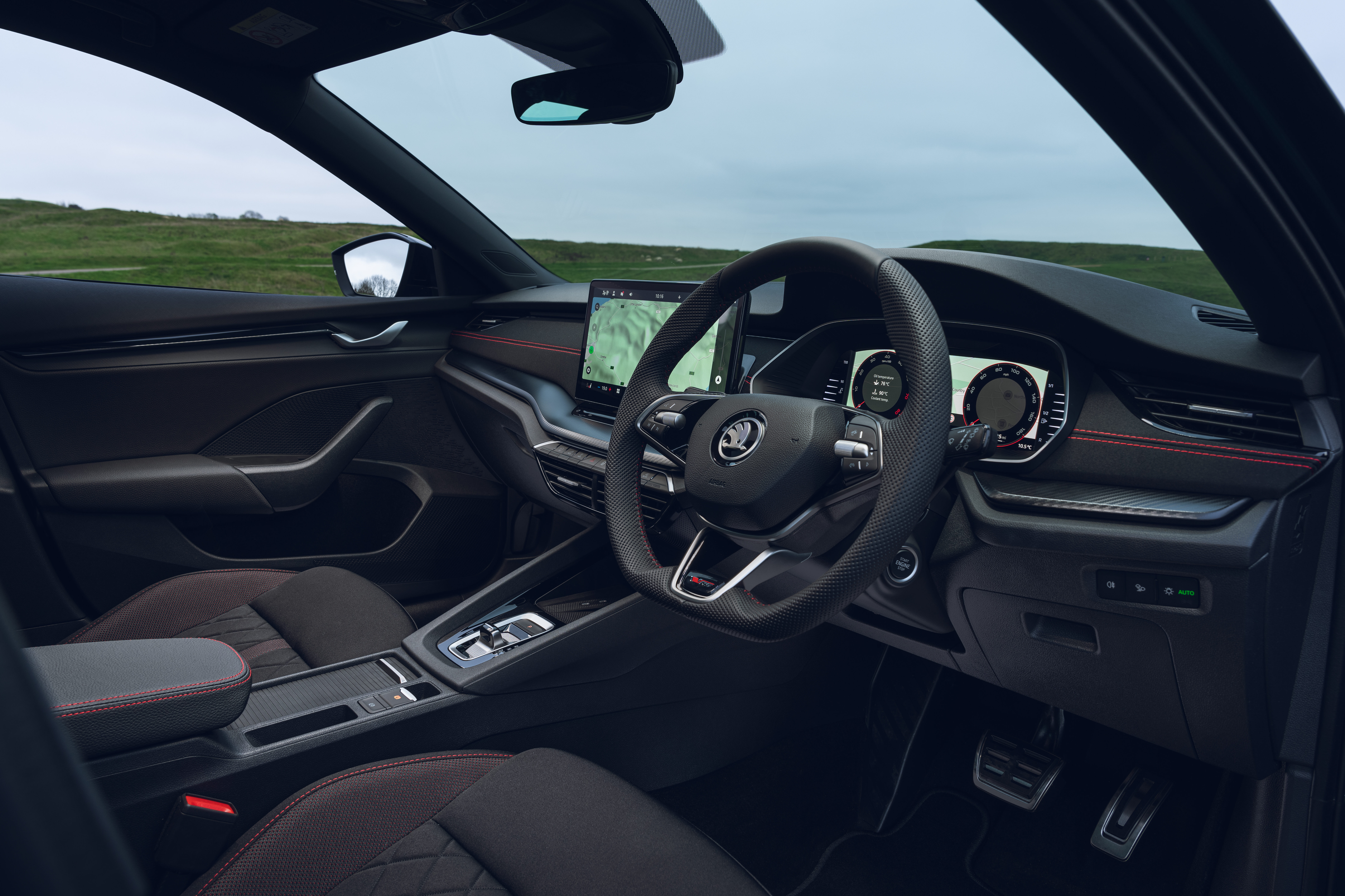
The interior is excellent with lots of soft and squishy plastics and all the buttons you touch have a nice damping effect. There is a new 13-inch infotainment touchscreen that is slick and easy to read, too.
But, what’s not so impressive are the touch-sensitive volume controls for the stereo and the climate control settings buried in the touchscreen – which is an issue with its mechanically similar sibling, the Volkswagen Golf.
The space in the back is impressive, with masses of room for occupants. Head, leg and knee room is good, too, whether that’s in the estate or hatchback and the shoulder room is impressive, too.
Where the vRS really starts to show off is with its boot capacity. Our test car is the hatchback version, and with the seats up, there is a massive 600 litres of space or 1,555 litres with them folded down – making the vRS one of the most practical hot hatchbacks on the market. Plus, it comes with the added benefit of a ski hatch, which is ideal for those wintery holidays away.
In comparison, the estate car comes with 640 litres of space with the rear seats in place and a total of 1,700 litres when you fold the back bench down.
What’s the spec like?
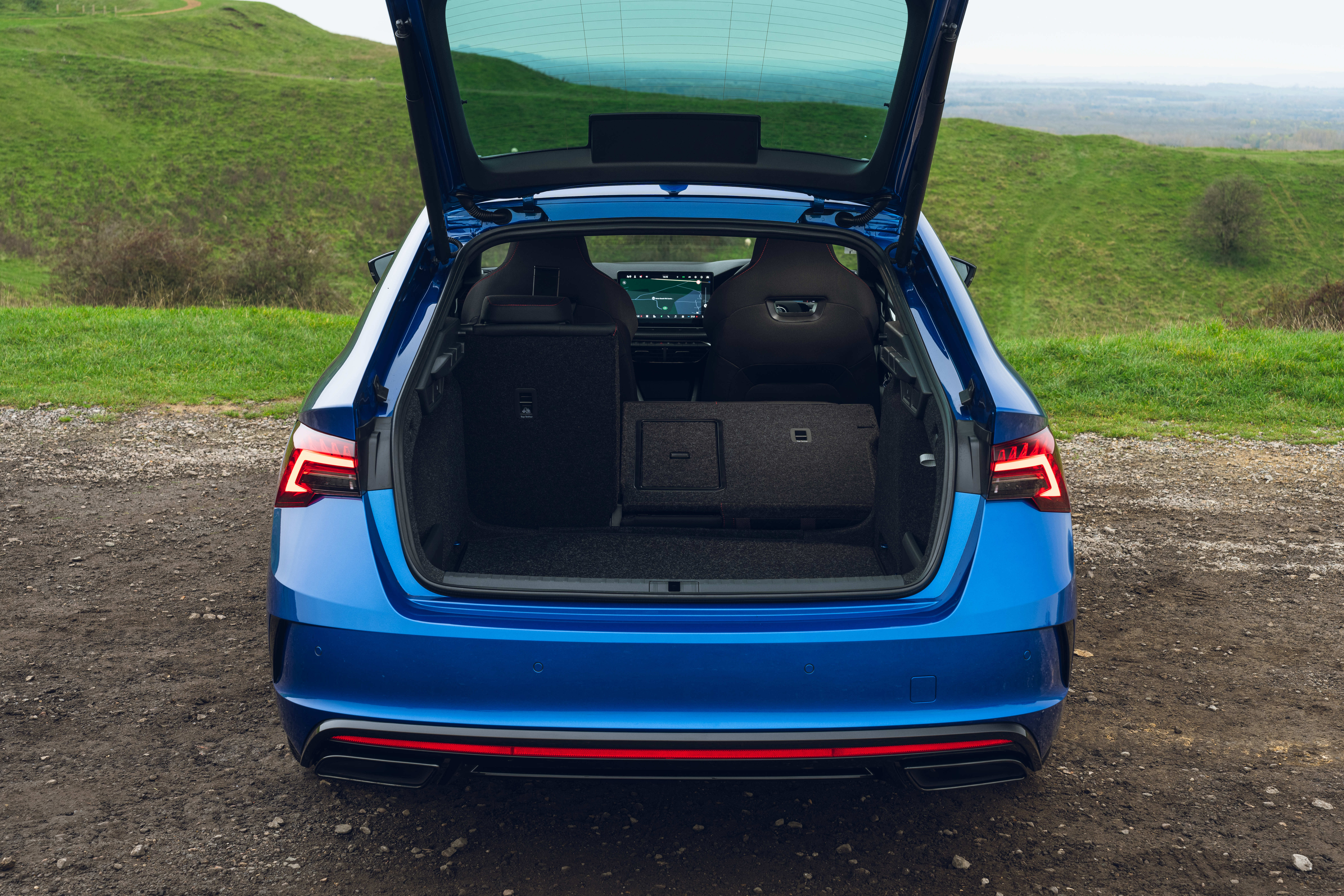
Prices start at £38,670 for the hatch and rise to £39,775 for the estate, and both bodystyles are very well specced.
All cars come as standard with LED matrix headlights, a sports exhaust, red brake calipers, sports bucket seats, vRS badging and a 13-inch infotainment touch screen.
Verdict
Skoda’s Octavia vRS offers a little bit of everything for everyone. It has the performance to suit any keen driver, the practicality to be used every day and the choice of either hatchback or estate layouts.
This latest facelift helps improve its driveability and technology. It may not be as stylish or as mad-looking as some of its rivals – but by no means is this a boring car. In fact, this update has made an already good car even better.
